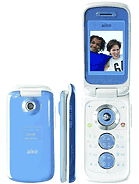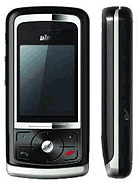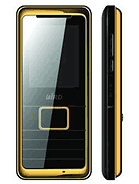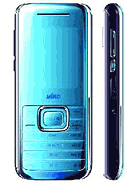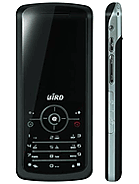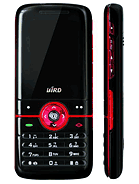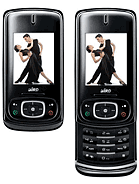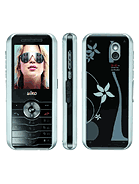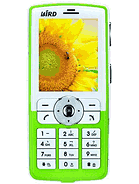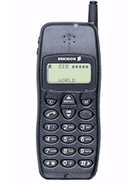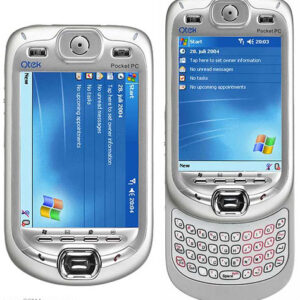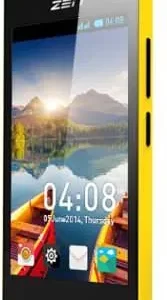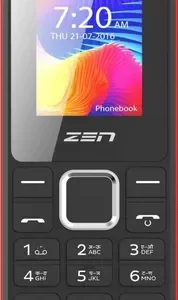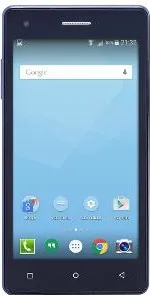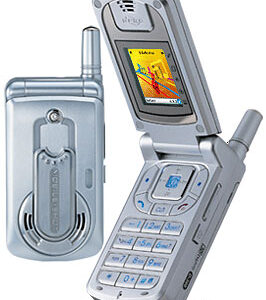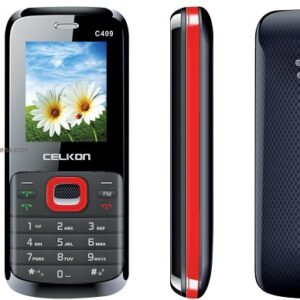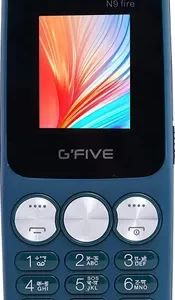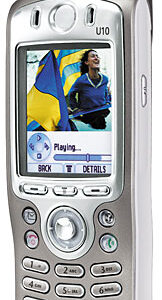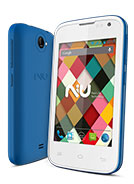Bird D680 Overall Review
The Bird D680, launched in the first quarter of 2006, is a mobile phone that reflects the technology and design ethos of its time. This device features a TFT display capable of showing up to 65K colors, a standard for its era, ensuring a decent screen experience for basic tasks and viewing. With a 1.3 MP primary camera, the D680 allows users to capture photos, a function that was becoming increasingly common in mobile phones of that period.
Powered by a 720 mAh battery, the D680 is designed for light to moderate usage, fitting the expectations of phone users at the time. The device’s storage capabilities and memory details were typical of the era, focusing on providing a basic yet functional mobile experience.
Connectivity in the Bird D680 includes essential functions, with a focus on call quality and text messaging capabilities. It’s designed to be straightforward and user-friendly, with a form factor and interface that prioritize ease of use over the complexity of newer smartphones.
Bird D680 Pros and Cons
Pros:
- Compact and easy to use, reflecting the design preferences of the mid-2000s.
- Includes a 1.3 MP camera for basic photography, a noteworthy feature at the time.
- Features a color TFT display, offering a satisfactory visual experience for the phone’s functionalities.
Cons:
- Limited by its 720 mAh battery, which may not meet the expectations of heavy users by today’s standards.
- The 1.3 MP camera and 65K color display are outpaced by modern smartphones.
- Lacks the advanced connectivity and multimedia capabilities found in current mobile devices.

